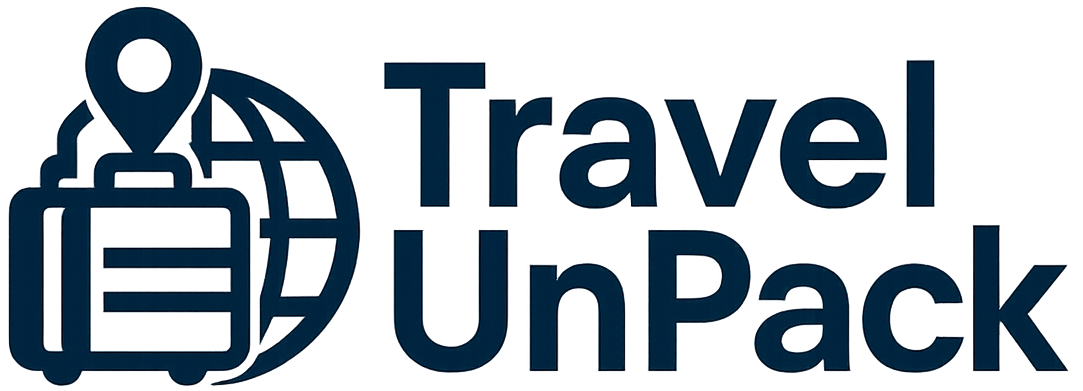Corporate Anthropology: Deciphering Hidden Organizational Cultures
Have you ever joined a company and felt that there were unwritten rules dictating who thrived and who was left behind? Or realized that certain rituals - like breakfast meetings or happy hours - were more important than they seemed? A corporate anthropology is the key to understanding these invisible codes. She studies the symbols, rituals and power dynamics that shape the workplace, helping you to strategically navigate your career.
In this article, we'll explore how to apply this approach to uncovering hidden organizational cultures and use this knowledge to your advantage. From identifying informal hierarchies to interpreting the rituals that define success, you will learn to read the signs that many ignore.
What is Corporate Anthropology and Why Does It Matter?
Corporate anthropology is the study of organizational cultures through the lens of social anthropology. While HR manuals talk about stated values, this discipline reveals what really happens behind the scenes. For example, a company may preach "open doors", but in practice decisions are made at exclusive lunches between leaders.
Why does it matter? Because hidden cultures determine promotions, projects and even dismissals. Those who understand these codes are able to adapt, build strategic relationships and avoid pitfalls. Imagine two equally competent employees: one is promoted because he attends happy hours where leaders relax; the other, who goes straight home, remains invisible.
A study by Harvard Business Review showed that 70% corporate cultures are implicitThey are not documented. This means that integration manuals only tell part of the story. The rest is in the daily rituals, the inside jokes, even the way people sit in meetings.
How about starting to observe these details in your work? Who decides the pace of meetings? Who is listened to and who is ignored? These questions are the first step to mastering corporate anthropology.
Symbols and Corporate Language: What Do They Reveal?
Every company has its own language. Some use jargon like "synergy" and "disruptive"; others value founders' stories as if they were myths. These symbols are not random - they reflect hierarchies and priorities.
For example, in tech startups, t-shirts and sneakers may signal a "cool" culture, but pay attention: who wears suits to events? Probably the investors or C-levels. Clothing is a symbol of power even in informal environments. Similarly, traditional companies may have more subtle codes, such as the type of pen executives carry or whether they wear luxury watches.
Language is also revealing. If your boss says "let's align expectations", it could be code for "you're doing something wrong". If emails always start with "Team", but decisions come from a single leader, there is a discrepancy between discourse and practice.
How about some exercise? Write it down for a week:
- Which words are repeated as mantras?
- Who interrupts and who is interrupted in meetings?
- Who is allowed to break rules (like being late)?
These details show who really has influence.
Organizational Rituals: Why Breakfast Can Be More Important Than the Meeting
Formal meetings are often theater. The real conversations happen before and after - over coffee, in the elevator, in the secret WhatsApp group. These informal rituals are where alliances are formed and inside information circulates.
Think of a company where there's a happy hour every Friday. Who goes? Who is absent? If the leaders always show up, this is a space for invisible networking. Those who don't take part can miss out on promotions, even if no one says so openly.
Another powerful ritual is the "coffee drinker". In some cultures, the person who always fetches coffee for the boss signals submission; in others, it's a way of building intimacy. Also note initiation ritualsnewcomers who are tested with impossible tasks or given nicknames. This reveals how the company sees hierarchy and resistance.
A real case: in a multinational, strategic projects were discussed in the smoking room, where only a select group had access. Anyone who didn't smoke was literally out of the conversation. The solution? A non-smoker began to frequent the space "just to keep up" and gained visibility.
Can you identify rituals like this in your company? They could be the key to your next move.
Power Dynamics: Who Decides What's Not on the Organization Chart?
Organizational charts show who should but real power often lies in unexpected places. The CEO's assistant can have more influence than a director. The intern who controls the boss's diary can be the gatekeeper the most important thing on the floor.
How can we identify these power games? Take a look:
– Who has privileged access (to rooms, meetings, information)?
– Who is the "problem solver"? that everyone looks for in a crisis?
– Who is avoided in delicate discussions?
A classic example: in many companies, IT or HR have informal power because they control systems and processes. If you want quick approval, getting to know the IT leader can be more useful than following the official flow.

Another common dynamic is the the power of experts. In engineering companies, the senior technician can have more say than a junior manager. In start-ups, the developer who understands the source code is untouchable.
Have you thought about mapping these actors in your company? Make a list: who are the formal (in the organization chart) and the informal (that really move things along)? This analysis can reveal where to invest your time.
How to Use These Insights for Your Career
Now that you know how to read the signs, how do you use them without seeming manipulative? The key is strategic adaptationnot falsehood.
1. Align yourself with the right symbols
If the company values innovation, use language and projects that reinforce this. If it's hierarchical, respect seniority rituals (such as who speaks first in meetings).
2. Take part in the right rituals
Don't force yourself to attend happy hours if you're an introvert, but find spaces where connections happen. Maybe it's a morning running group or the Slack channel of a common hobby.
3. Build relationships with informal power holders
Talk to the director's assistant, have lunch with the senior analyst that everyone respects. These people can be your allies in critical decisions.
4. Adapt your communication
If the culture is direct, be objective. If it's narrative, use stories. An employee of a traditional company told how he gained visibility by using metaphors in presentations - the CEO loved it.
Remember: the aim is not to play dirty games, but to understanding the unwritten rules to navigate better.
Common Pitfalls (and How to Avoid Them)
Deciphering hidden cultures has risks. A common mistake is overinterpret signs. Not everything is a secret code; sometimes a happy hour is just a happy hour. Another danger is lose authenticity trying to fit in too much.
How can this be avoided?
– Test your hypotheses before taking action. Ask trusted colleagues if a ritual really matters.
– Keep your values. If the culture encourages unethical behavior, it may not be worth adapting.
– Be willing to leave. If you find that the company rewards jerks and you're not one of them, it may be time to look for a better fit.
An anonymous report in the Reddit Corporate told how an employee realized that lying about hours worked was the only way to get promoted. He chose to leave.
Practical Tools to Apply Today
Want to put this into practice? Here are some tools:
1. Observation diary
Write it down for a month:
- Who influences decisions?
- Which behaviors are rewarded?
- Which stories are repeated as company "legends"?
2. Map of Informal Networks
Draw a diagram showing who talks to whom, based on lunches, messages and projects.
3. Social Experiments
Test small changes (such as taking part in a different ritual) and see the impact.
4. Recommended reading
Books like "Corporate Anthropology" or "Reinventing Organizations deepen these concepts.
Conclusion: Be the Anthropologist of Your Career
Organizational cultures are like icebergs: what is visible is only the tip. Corporate anthropology gives you the tools to explore what's submerged.
Start today. Observe, analyze and adapt strategically. Remember: it's not about manipulating, it's about understanding. With this knowledge, you will not only survive the corporate environment - you will master it.
So, are you ready to crack your company's codes?



